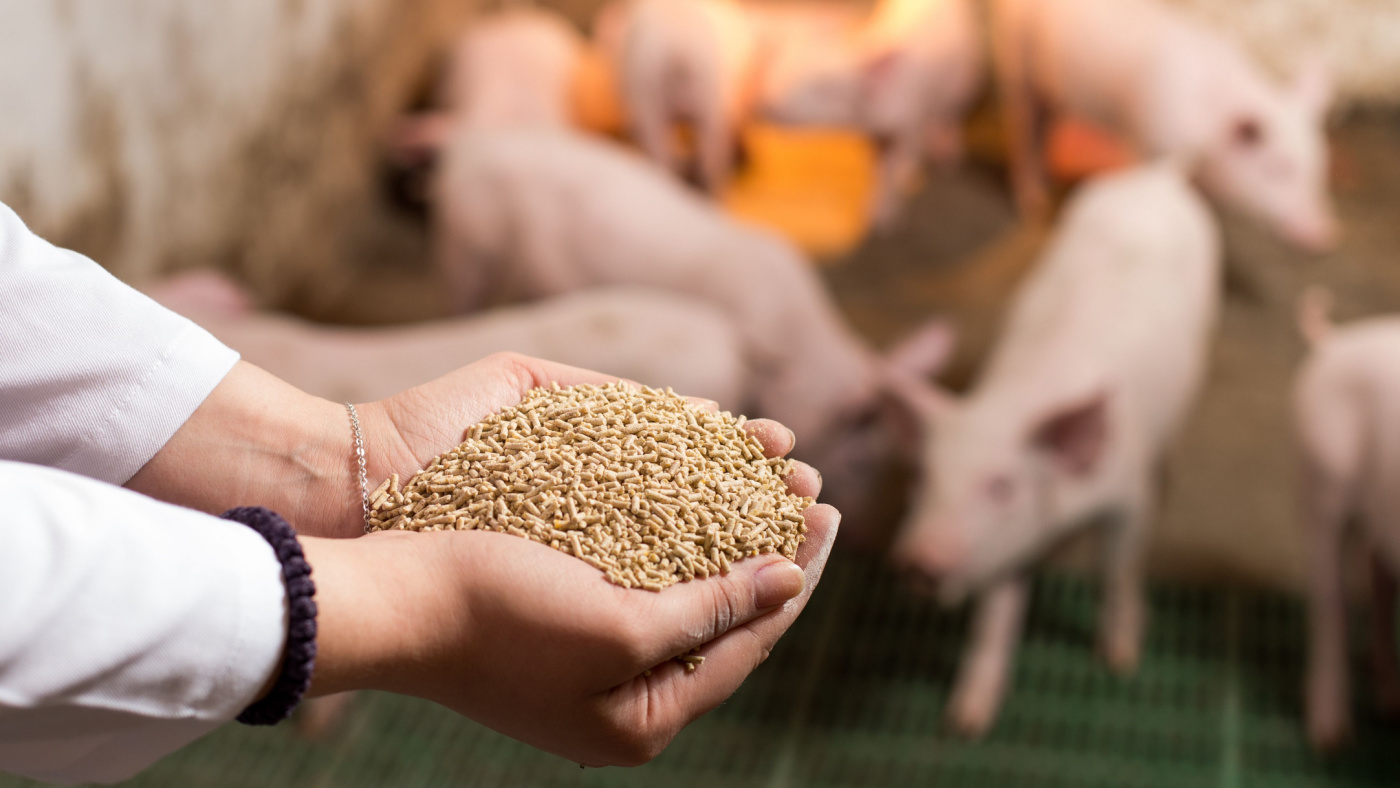We hear a lot about mycotoxins in grain during the fall, but how does it affect the pigs we feed? Dr. Chris Hostetler, director of animal science at the National Pork Board, says mycotoxins are a classification of mold growing on feedstuffs.
“This time of year is harvest, so the new crop is coming in, and each year, there are varying degrees of mycotoxin that is present in our crops.”
Fungal infestation and consequent mycotoxin production can occur at various times between seed and feed. It’s influenced primarily by moisture level, temperature, and the availability of oxygen. In addition, grain that is damaged, immature, drought-stricken, or otherwise stressed is more susceptible to mold growth.
Production problems may arise if this grain is fed to pigs.
“It impacts growth, impacts feed efficiency, impacts feed intake, impacts reproduction, and immune suppression, so there are lots of things that mycotoxins can have an impact on.”
Dr. Hostetler stressed there might be intergenerational issues.
“Zearalenone exposure to sow may impact how her gilts perform reproductively. There is some indication that it could be transgenerational as well. So, these are underlying impacts to our productivity that we’re getting more and more knowledgeable about all the time through research.”
Feed mills and crop farmers monitor and test for mycotoxins in grain. Producers should consult with their veterinarian on any herd health concerns, in addition to reviewing research and on-farm practices impacting animal health at piglivability.org


